The romance of flight has always captivated humanity. The sheer power needed to lift a metal behemoth into the sky, the breathtaking views from above, and the speed at which we can traverse continents – all combine to create an experience unlike any other. But some planes transcend the ordinary, pushing the boundaries of speed and technology to achieve truly remarkable feats. This article explores the fastest passenger planes ever built, delving into their history, design innovations, and the legacy they leave behind.
The Supersonic Pioneers: Concorde and Tupolev Tu-144
Topping our list and deserving of significant attention are the supersonic giants: the Aérospatiale Concorde and the Tupolev Tu-144. These magnificent machines weren’t merely faster; they were a statement of human ingenuity, a testament to our ambition to conquer the sound barrier and shrink the world.
The Concorde, a joint Anglo-French project, captivated the world with its sleek delta wings and slender fuselage. Its distinctive sonic boom, while controversial, became synonymous with luxury and speed. Flying at Mach 2, or twice the speed of sound (approximately 1354 mph or 2180 km/h), a transatlantic flight from New York to London was reduced to a mere three and a half hours. This was a significant reduction from conventional subsonic flight, providing an unparalleled level of efficiency for those who could afford the premium price. The Concorde wasn’t just fast; it was an experience, offering unparalleled comfort and service to its passengers. Learn more about the Concorde’s history and legacy here.
However, the Concorde’s reign was tragically cut short. After a devastating accident in 2000, combined with increasing operational costs and concerns about environmental impact, the Concorde was retired in 2003, marking the end of an era.
The Tupolev Tu-144, the Soviet Union’s answer to the Concorde, held the record for the world’s fastest passenger plane, reaching speeds up to 1600 mph (2575 km/h). Though plagued by technical challenges and a shorter operational life than its Western counterpart, the Tu-144 remains a remarkable achievement, showcasing the technological prowess of the Soviet aerospace industry during the Cold War. Sadly, several accidents, coupled with design flaws, hindered its widespread adoption, and only a small number were ever produced. You can read more about the Tu-144’s history here.
The Subsonic Titans: Modern Giants of the Skies
While the supersonic era has ended for commercial passenger flight, the quest for efficiency and speed continues with today’s modern giants. These planes, while not achieving supersonic speeds, represent remarkable engineering achievements in their own right, pushing the boundaries of size, capacity, and range.
The Boeing 787 Dreamliner, with its innovative composite materials and fuel-efficient engines, is a technological marvel. Its sleek design and comfortable cabin make it a favorite among both airlines and passengers. Reaching speeds of 776 mph (1249 km/h), it represents a remarkable advancement in the efficiency and range of long-haul flights. Explore more about the Boeing 787’s innovative technology here.
The Boeing 777, a mainstay in long-haul fleets worldwide, combines efficiency with incredible passenger capacity. Its range allows it to connect even the most distant cities, facilitating global travel on an unprecedented scale. With a top speed of 745 mph (1200 km/h), it’s a workhorse of the skies, reliably transporting millions of passengers annually. Discover the Boeing 777’s impressive capabilities here.
Finally, the Airbus A380, while not the fastest on this list, is certainly a sight to behold. This double-decker behemoth represents the pinnacle of passenger capacity, enabling airlines to transport massive numbers of passengers in a single flight. While its speed is a relatively modest 736 mph (1184 km/h), its impact on air travel is undeniable. Delve deeper into the Airbus A380’s design and impact here.
The Future of Speed in Passenger Aviation
While supersonic passenger travel is currently dormant, the industry is constantly exploring new avenues for enhancing speed and efficiency. Advances in materials science, engine technology, and aerodynamics continue to hold promise for faster and more sustainable flight.
Concepts like hypersonic flight, which could potentially travel at five times the speed of sound, are being explored, though significant technological and economic hurdles remain. Additionally, research into hybrid and electric aircraft is ongoing, potentially offering solutions that are both faster and more environmentally friendly. Stay informed on the latest advancements in aviation technology here.
Factors Affecting Aircraft Speed
Several key factors determine the top speed of a passenger aircraft. These include:
- Aerodynamics: The shape of the aircraft and its wings are crucial. A streamlined design reduces drag, allowing for higher speeds.
- Engine Technology: Powerful and efficient engines are essential for achieving high speeds. The advancements in turbofan engine technology have significantly impacted flight speeds.
- Weight: The lighter the aircraft, the less energy is needed to achieve a certain speed.
- Altitude: Aircraft typically reach their highest speeds at higher altitudes where air density is lower.
- Materials: The use of lightweight and strong materials, such as carbon fiber composites, allows for faster and more efficient aircraft.
The Legacy of Speed in Aviation
The pursuit of speed in aviation is more than just a race for records; it’s a reflection of our relentless drive for innovation and progress. Each advancement, from the early propeller planes to the supersonic jets and today’s efficient giants, has significantly shaped global connectivity, commerce, and culture. The fastest passenger planes, both past and present, stand as testaments to human ingenuity and our ongoing quest to conquer the skies. They represent milestones in technological advancement, inspiring future generations of engineers and pilots to push the boundaries of what’s possible.
Conclusion
The quest for speed in passenger aviation continues. While supersonic commercial flight remains a distant prospect for now, the innovations in subsonic flight continue to bring destinations closer and enhance the passenger experience. The legacy of these pioneering aircraft – from the Concorde and Tu-144 to today’s efficient giants – continues to inspire, demonstrating the remarkable achievements made in conquering the skies and the potential for further advancements in the years to come.
Catch up on the top stories and travel deals by subscribing to our newsletter!




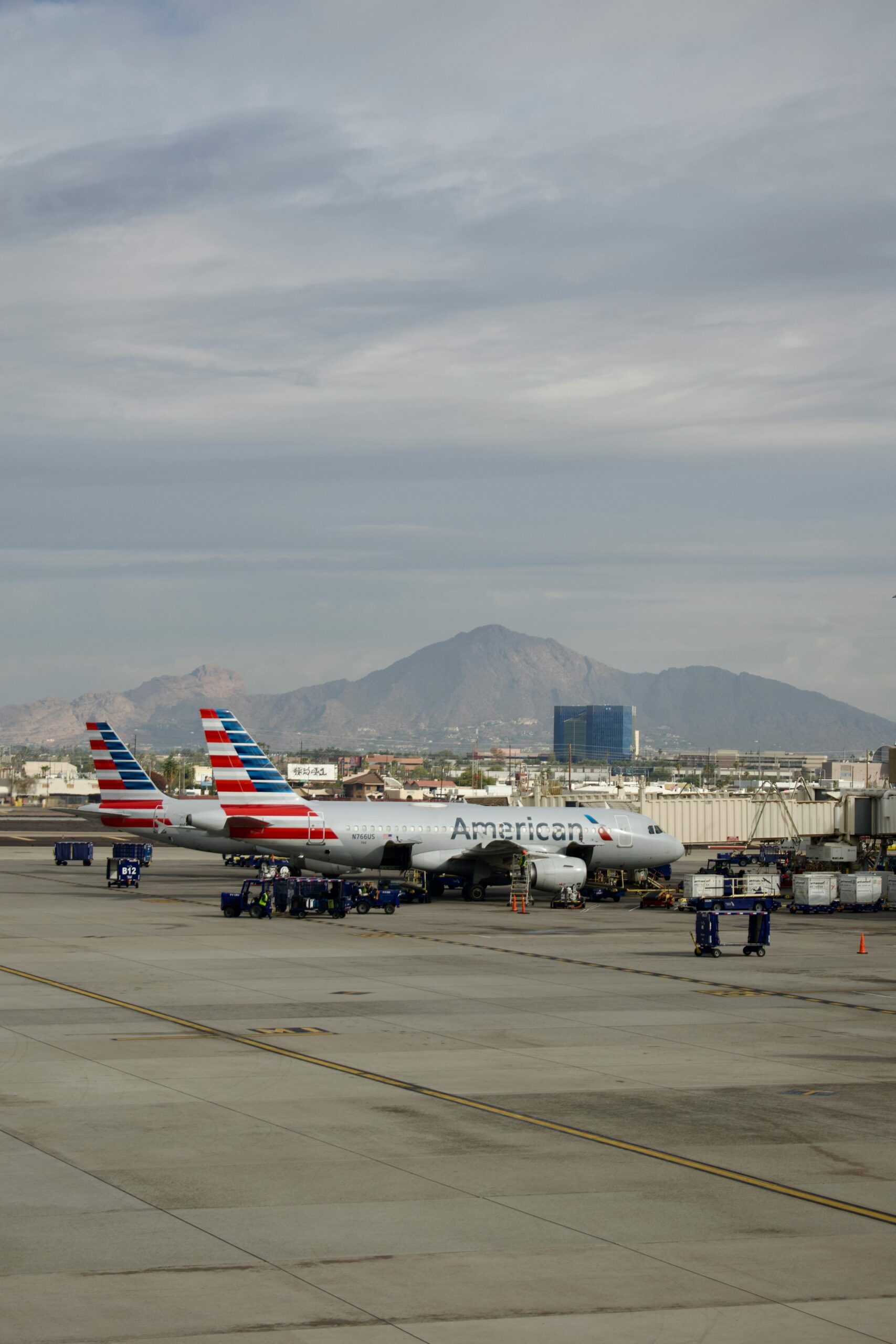
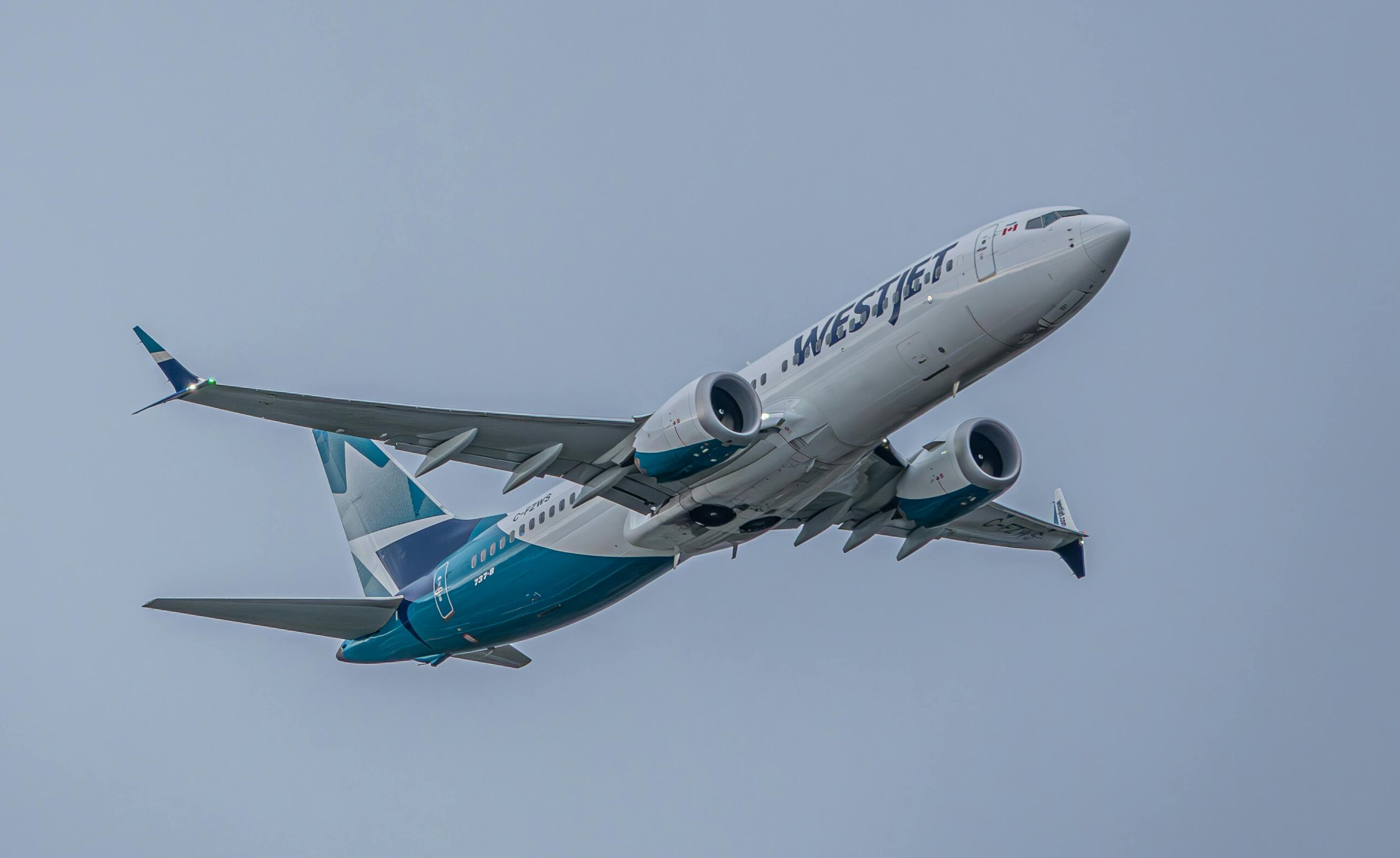
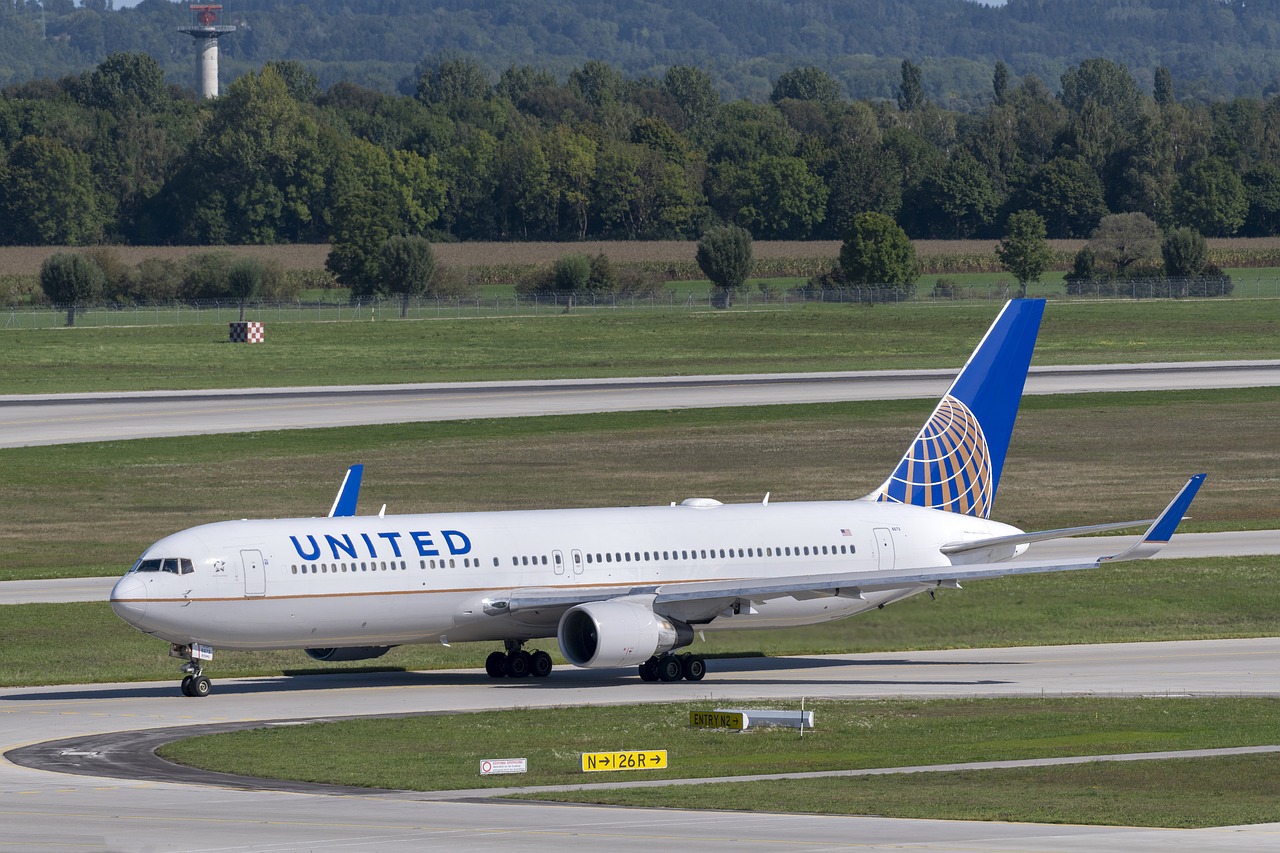
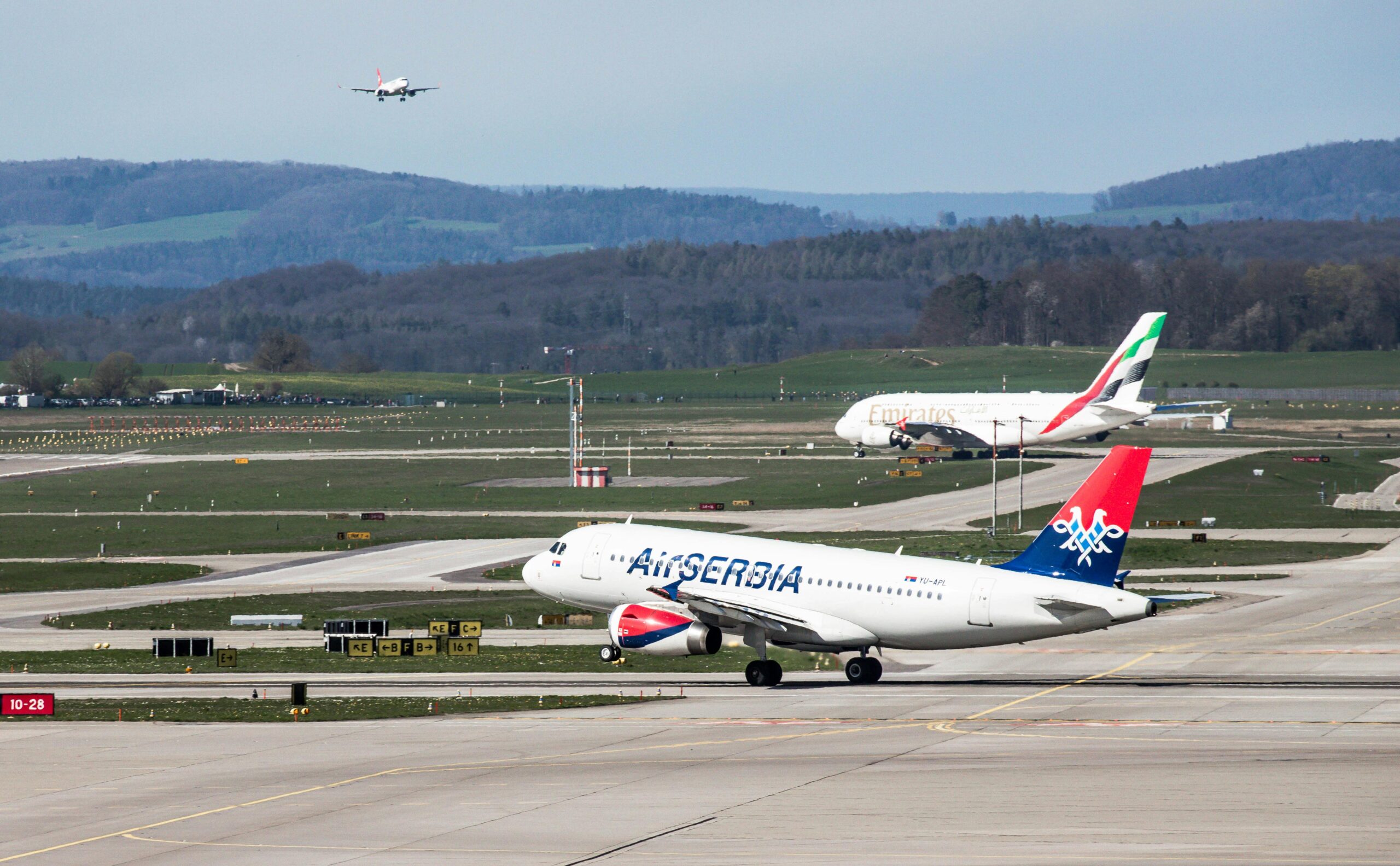

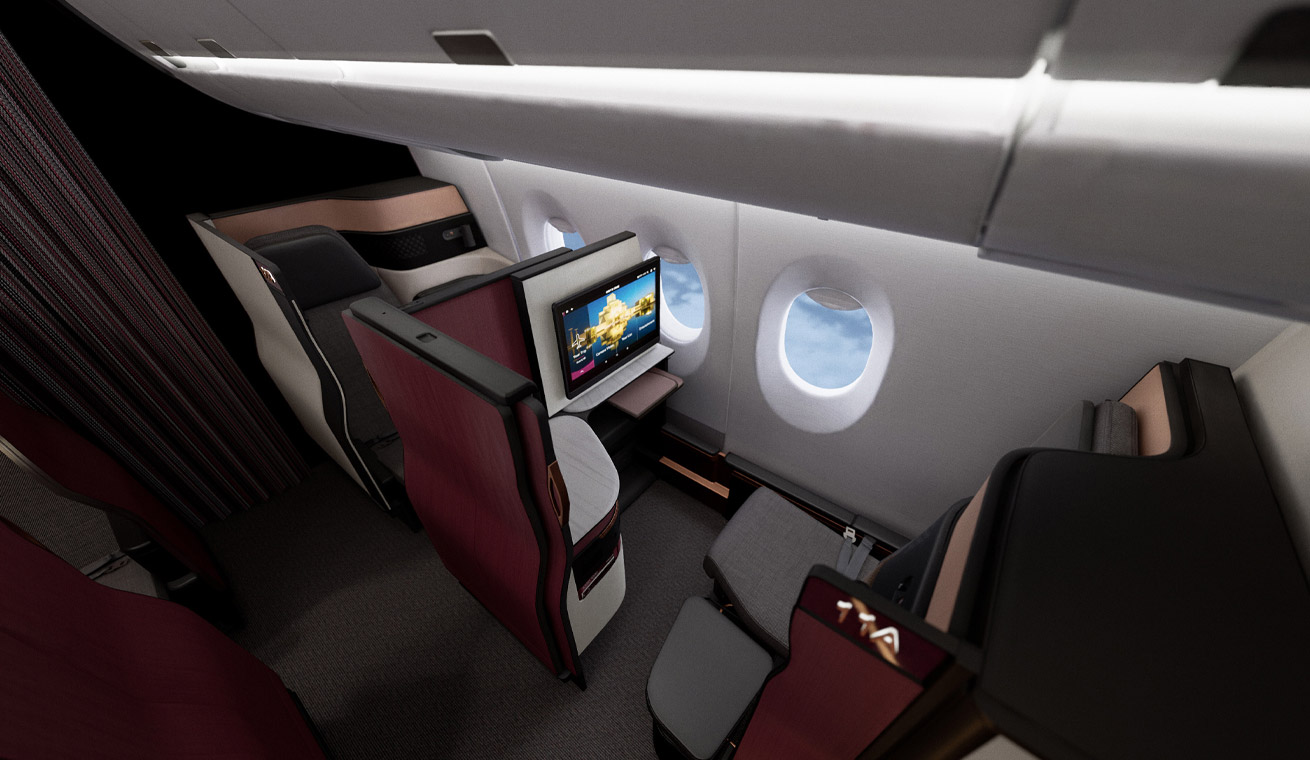
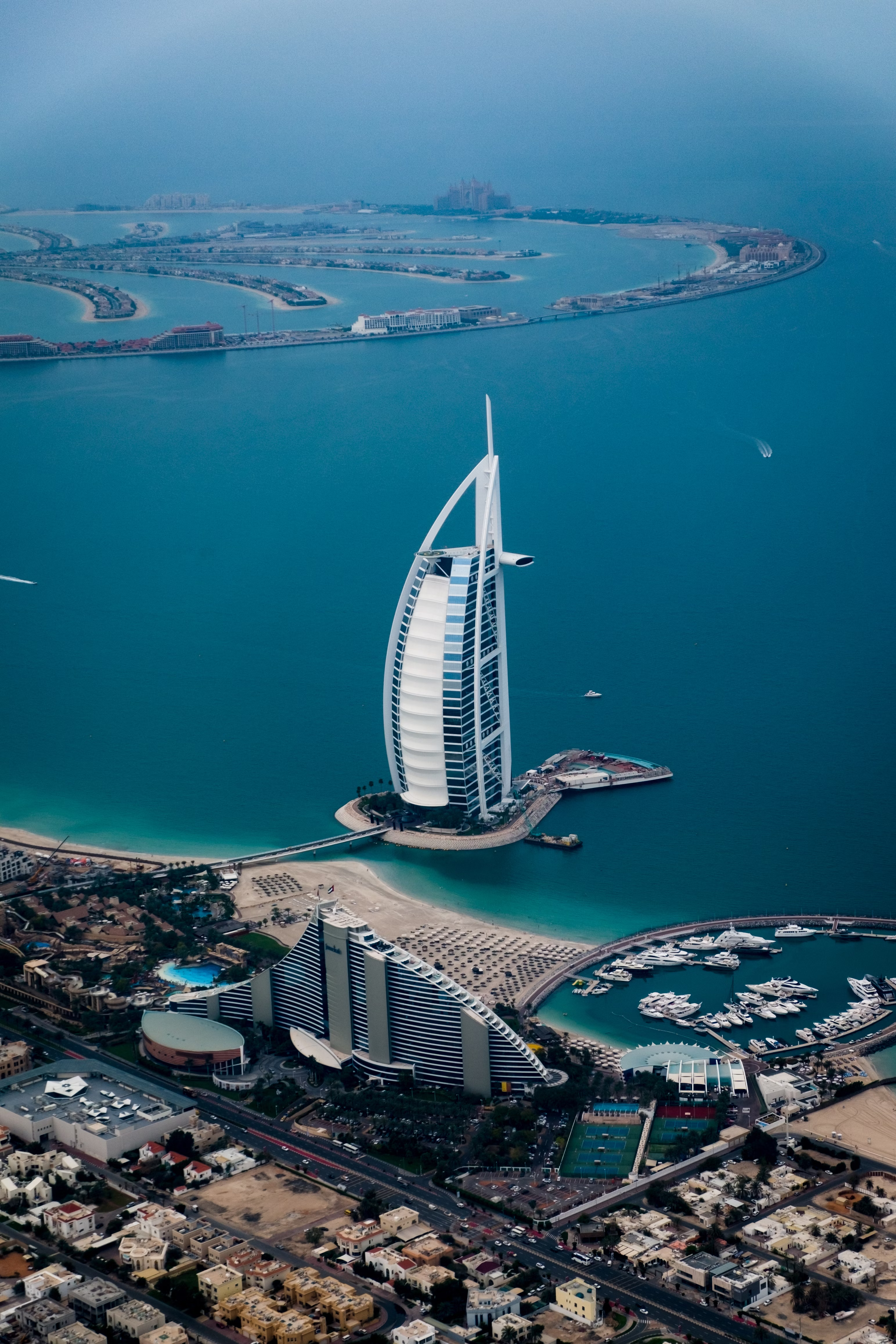

Leave a Reply